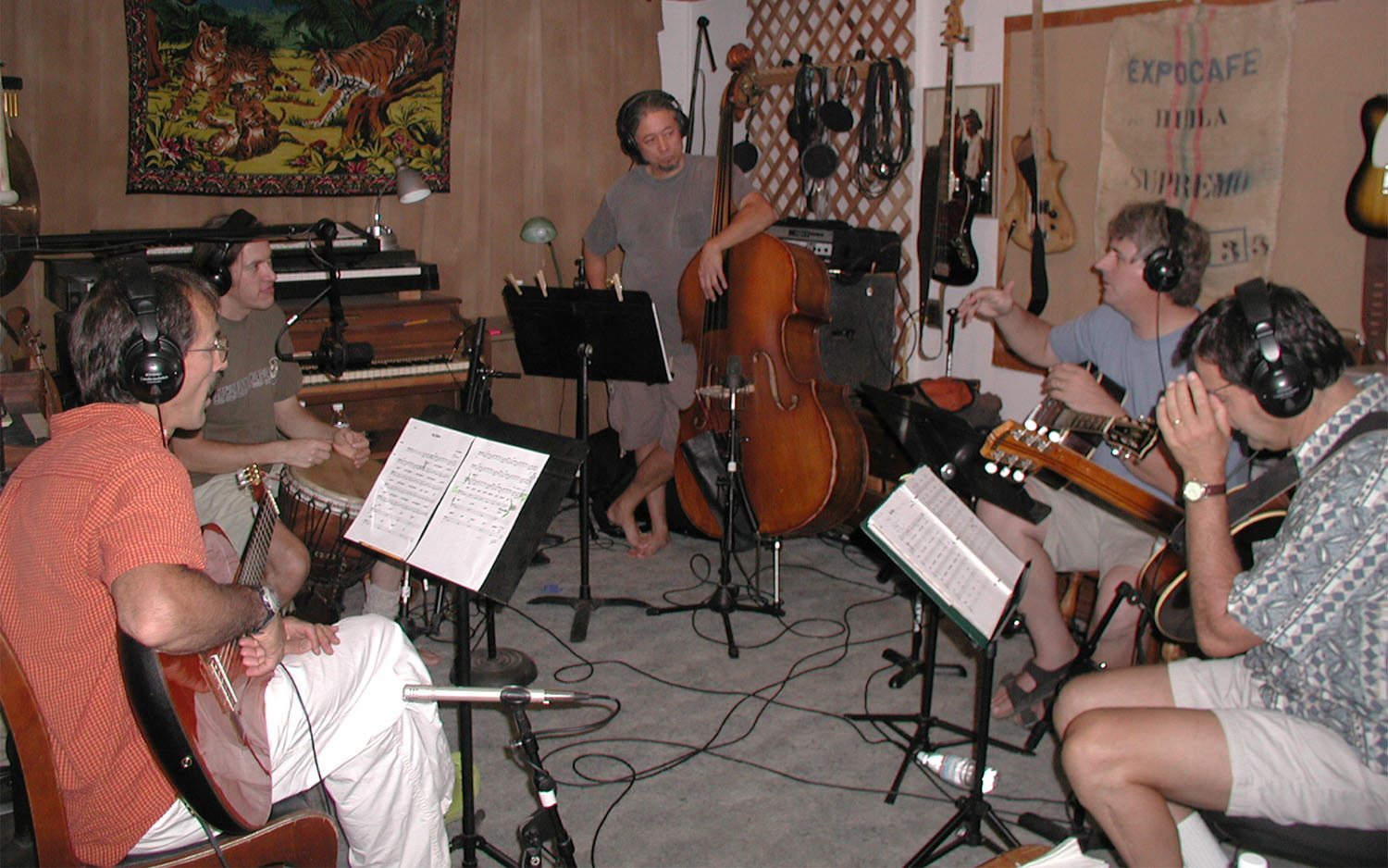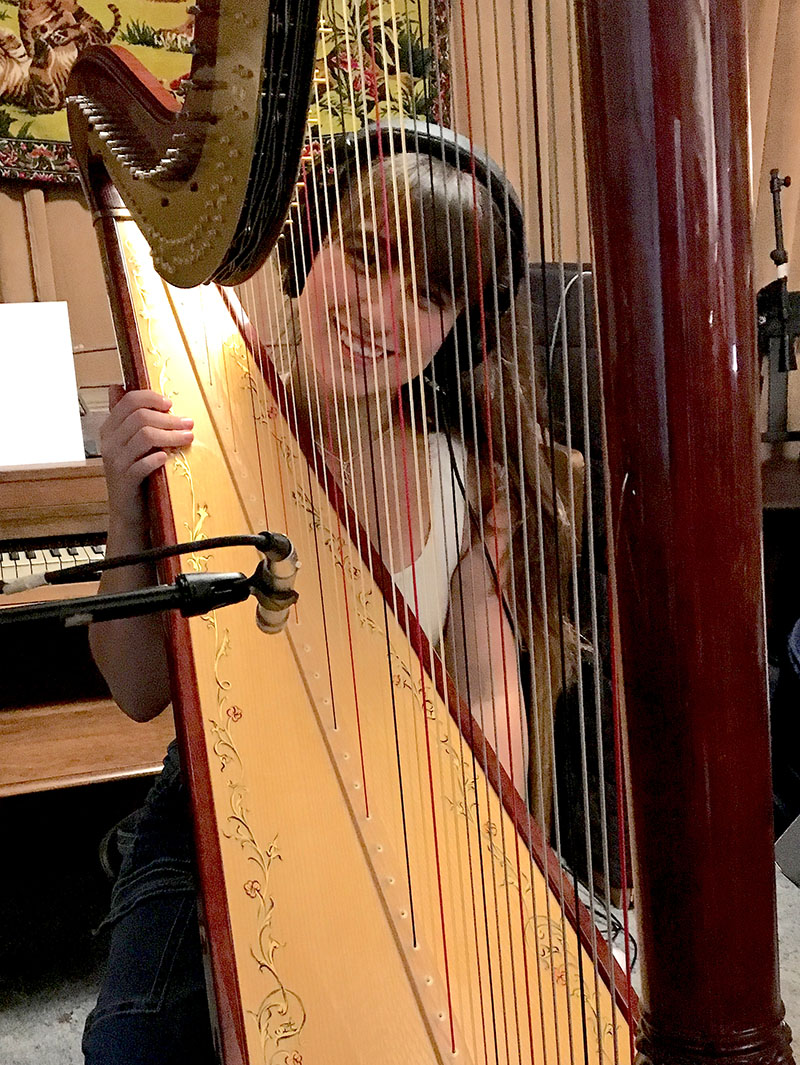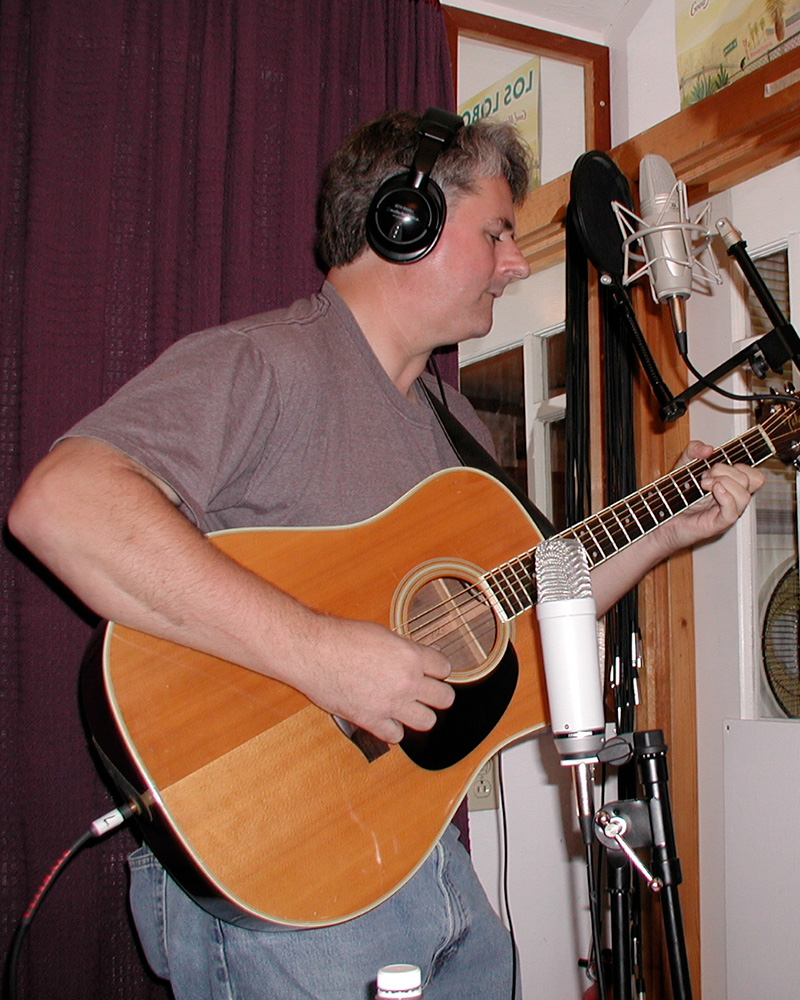Preparing for your Recording Session at Foxtail Sound
Plan your material and rehearse it the way you want to record it. Capture a recording of the rehearsal. You can add anything that strikes your fancy while in the studio (and it will!). But, it’s always good to start with a baseline idea of what you want to record.

Talk to Foxtail Sound beforehand about the plans for your recording session, how you want it done, at the FREE pre-production meeting. Provide us with plenty of detail about what you want so we can make sure you get it. If you have a better approach for the recording session, please share it with us. We are all ears! Feel free to be as vague or precise as you like. Send us email! Share your plans a day or two before each session helps us to be more prepared.
Obtain clearances if you’re using someone else’s material (here’s a good place to find them). We will need a copy for our records.
If you’re making a CD with packaging, remember your artwork and replication (like Discmakers and Oasis). We will provide the master CD for the replicator to make thousands of them for you.
We will prepare as much as possible beforehand. If you need extra setup time you’re welcome arrive a little early. “Be prepared.”
If you need extra musicians or actors, we can get you in contact with them.
Even though we can edit the cold out of the talent’s nose (sonically, not medically), try to be well and well-rested and in good health.
Bottled water is provided in unlimited quantities. Remember to take breaks!
Deluxe accommodations and excellent dining are located near Foxtail Sound Recording Studio. We can point you in the right direction.
When you Arrive
Relax and let the living-room vibe take you back to your own living room. Don’t worry about making mistakes. If you make a mistake there’s no need to apologize. Some of the greatest recordings are great because of sheer repetition while working through mistakes.
Focus on creating. We will take care of the details. If you notice anything wrong, or would like to change anything, let us know; we’ll fix it! If it’s the middle of a song and something goes terribly wrong, might as well stop; balance this with your quest for serendipity. If there’s a minor mistake, that can usually be fixed by punching in, a process where a track is recorded only for a moment while the line is re-sung or the note is fixed.
Please don’t blow on microphones; they already live a harsh life, and some can be damaged by wind. If one needs to be moved, let us know; we’ll move it out of your way.
Allow the song to finish. Leave a little silence before and after each piece. Some otherwise excellent takes have been spoiled by an enthusiastic “That was GREAT!” as the last note fades. This makes it great only if you want to keep that. Actually, you can just play that note again, and we can splice it together.
Speaking of great takes, consider taking one more after that, “for fun”. The pressure to perform is now off, and sometimes that leads to an even greater take!


If your song is to fade out, play about twice as long as you expect the fade to be, at full force. The fade will be added later. Or not, as some fades can be very effective when done live.
If you’re recording a spoken-word piece, like poetry or a voice-over, don’t worry about comments during the recording; extensive editing is a routine part of the process and taking out a spoken title or reference is really really quick, and even saves time if it helps keep track of what’s going on.
How the Whole Process Works
First, decide what you want to record. During the recording process, you may change your mind; some song isn’t turning out how you had imagined, for whatever reason, or you have a new one you’d like to add. That’s fine; it happens all the time. You can’t delay creativity.
Come in and discuss your plan and tour the studio! Free tours of a modern recording studio! You can’t go wrong! We will set up a flexible schedule.
Maybe you have decided to include a guest artist or session player. For example, you wrote the Sonata for Kazoo and Piano, but you don’t play the piano; you’ll need an pianist and we have a stable full of them. Or maybe you feel your CD will sell better if Keith Richards is on it; we’ll give him a call.
Then we start recording, as outlined above. During the first few takes you may be a bit unsure. While that’s true of almost everything one does, it’s not a time-waster at all during our recording session. Sometimes we have to explore the nature of the material and the sound of the instrument to decide how to get the best results. But after that, it’s smooth and quick. After all, it’s not rocket surgery, but it is brain science. Whether you play and sing all the parts yourself or have others play with you, we record them onto separate tracks that will play simultaneously. We can record up to twenty-four tracks simultaneously; only full orchestras actually do that many. More can be recorded at any time; that’s called overdubbing and almost everyone does it (typically this is not done on CDs intended as an audition).

You’ve recorded all your material. Next, we mix it to get the most pleasing sound (or whatever sound you are after) and to get the best balance from the tracks we’ve just recorded. To do this we may add a little reverb to place the sound in a natural-sounding space (because you don’t sing directly into the listener’s ear as though it were a microphone), or a little more treble to make that electric guitar really twang, adjust the choir so they are way back in the back and off to the left, make the cello ring from the mountaintops and through the canyons, bring that third harmony voice into tune; stuff like that. This is what they’re doing when you see a picture of a studio and everyone is looking really happy because there are a million knobs in front of them and they can turn them. You probably want to attend at least the final part of this, because this is where you really get the precision and polish you want from your work.
Once you have a final mix that sounds like your dream, it’s time for mastering. This will create a CD that’s ready for mass production. Professional responsibility requires us to suggest using a separate mastering engineer, because he or she will have a new set of ears, and will make adjustments to the tone and volume of each selection to create a unified sound over the whole CD. Loud songs may be softened, and that song in which you decided not to use a bass may get a little more low-frequency to let the other instruments fill that range so it doesn’t sound just anemic next to the others. And nothing says you have to go outside; at Foxtail Sound we can do this step for you; mastering is one of the services we do well. If you’ve heard of the “loudness wars“, we participate in that only if you want us to. Musical reasons persuade us not to participate, sales reasons tempt us to follow along. It’s entirely your preference.
At some point you will want to work with a graphic artist to develop the artwork for the packaging. This is the time you would want that part of the project to be completed. We have a graphic artist on our staff that can help you with package selection and layout.
Now that you have your finished CD, you will need copies. Replication can be as simple as taking your master home and copying on your computer. If you like, Foxtail Sound can do this for you in small quantities. If you need hundreds or thousands, there are many commercial replicators that will do it at reasonable cost per CD. Most of our customers that use a replicator make 1000 copies at first. They also offer many styles of packaging, such as Jewel Case, Thinline Case, and DigiPak™, among others. There are styles that use no plastic.
